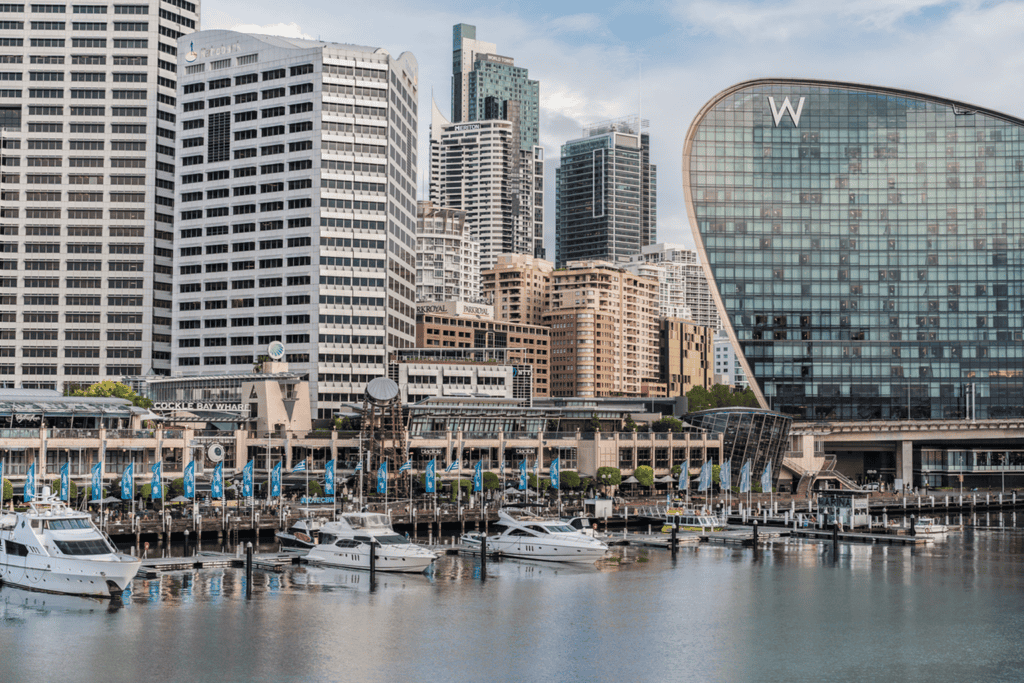Australian residential property market update: Is it the end?
Introduction
It looks like the Australian residential property market has peaked. Data released from RP Data shows that buyer demand has leveled, resulting in lower auction clearance rates, declining agent activity as well as lower listings. The story is not universal however, with Sydney still oblivious to the slow down in the rest of the country.
What comes around goes around
The last year has seen significant increases in the value of residential properties in Australia. Values are up 10.2% over the past year, with increases of 1.6% in July and rose by 1.1% over the three months to July 2014. Compared to annual value growth over the past five years (4.1%) and ten years (4.7%), it is clear that growth has been compressed to the recent period, as the graph below shows.

Broken down by state, values rose in each capital city over the past year, with the greatest increases recorded in Sydney (14.8%), Melbourne (11.0%), Brisbane (6.9%) and Darwin (6.5%) with all other capital cities recording value growth of less than 6.0%. As the graph below shows, the growth in Sydney values has substantially outpaced the combined capitals benchmark since the beginning of the upturn in 2012.

You’re out on your own, Sydney
The substantial growth in dwelling value over the last year has led to the Australian median house price increasing to $550,000 and median unit price $475,000. This again has largely been pushed up by Sydney’s median house price of $745,000 and unit price of $569,000. The lowest median price unsurprisingly is coming from depressed Hobart, with houses at $320,000 and units $265,500.
Taking the weighted average of houses also shows Sydney to be the clear leader, with growth of 15.6% from June 2013 to June 2014. This is nearly double that of the next contender, Melbourne.

Getting in quick for the Dream house.
The last year saw 346,934 houses and 133,857 units sold across the country. After such a strong and near insatiable demand from the market, RP data indicates that demand appears to be leveling and does not expect another miraculous revival for some time.

Interestingly the greatest changes in sales have been in Queensland, followed by NSW and then Tasmania, shown in the table below. This is surprising mainly because Sydney had all the press.

Auction clearance rates
As the graph below shows, clearance rates appear to be holding just under 70%. This is well below the boom levels of the beginning of the year, but is still nothing to turn your nose at.

Mortgage demand
As the chart below shows, while owner-occupier loans account for most loans originated, there has been a rapid expansion of investor loans over the last year. RP Data shows mortgage demand for both owner-occupiers and investors has eased recently and is unlikely to increase again.

This can be easily explained through wages growth, or lack thereof. As the graph below shows there has been decreasing growth in wages since June 2010. Considering inflation is running at 3%, real wages growth is currently negative.

Another factor to consider is the size of Australian household debt compared to annual income, which is currently shooting towards 180%. When interest rates finally increase, as they are expected to from at least mid-2015, households will be under pressure to make repayments.

It’s time for business
In comparison to solid demand in 2012 and the majority of 2013, commercial credit demand has remained extremely low over the course of 2014. This could have to do with uncertainty around the budget as much as unenticing economic conditions. Either way, commercial businesses have not taken the RBAs low interest rate bait.

Conclusion
The Australian property market has been dominated by a surge in the residential market over the last year. The latest data seems to suggest that this surge has finally eased. Despite all the commentary, there was no bubble. Though, this is really neither here nor there now. With high levels of debt to income married with stagnant wage growth, choppy waters may still lie ahead as people struggle to meet their repayments.




